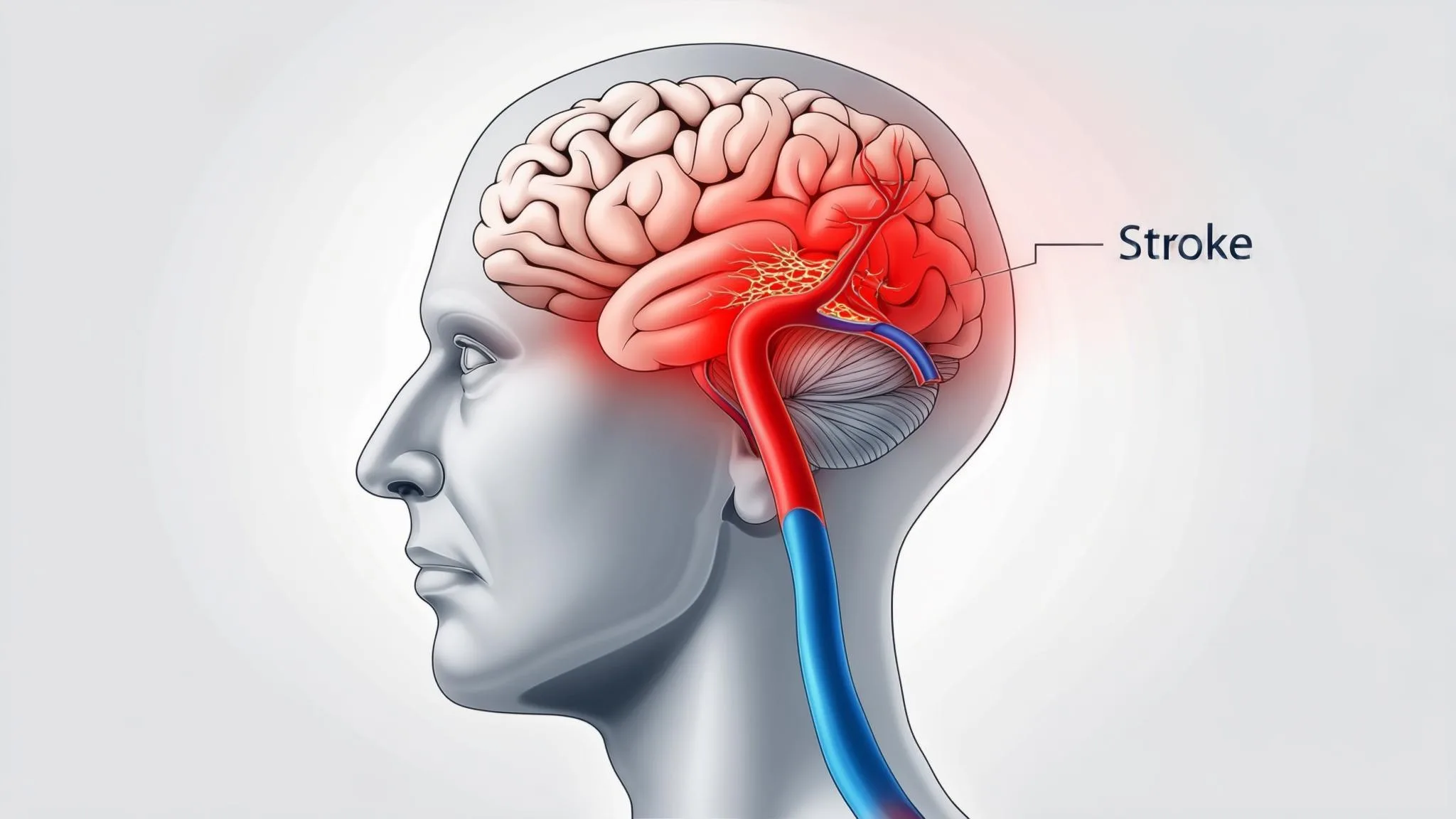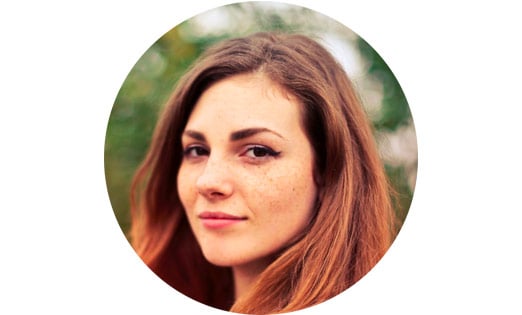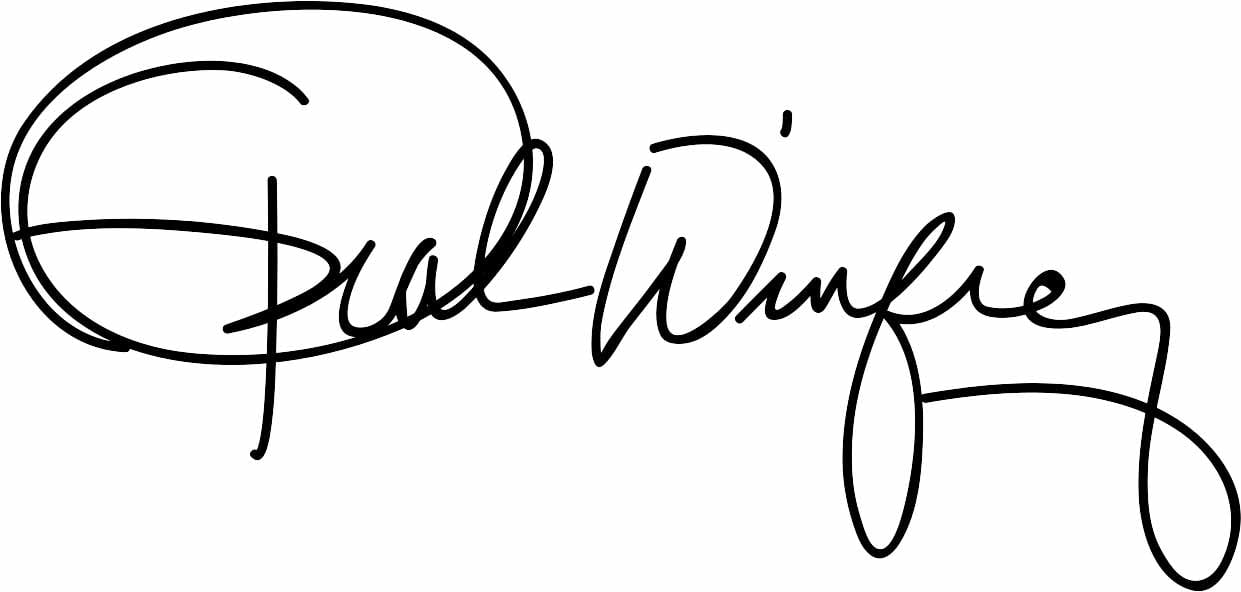Stroke is a serious medical emergency that can affect anyone — not just the elderly. This guide will help you understand everything about stroke, its types, causes, symptoms, and how to prevent it.
📋 Table of Contents
- What a Stroke Is
- Ischemic vs. Hemorrhagic Stroke
- Stroke Causes & Warning Signs
- How to Prevent a Stroke
- Who Is at Risk
- FAQs About Stroke
🧠 What is a Stroke?
A stroke occurs when blood flow to a part of the brain is interrupted or reduced, depriving brain tissue of oxygen and nutrients. Within minutes, brain cells begin to die. Prompt treatment is crucial to minimize brain damage and improve recovery.
🔹 Ischemic vs. Hemorrhagic Stroke
There are two major types of stroke:
- Ischemic Stroke: Caused by a blockage (blood clot or plaque) that prevents blood from reaching parts of the brain. It accounts for nearly 87% of all strokes.
- Hemorrhagic Stroke: Occurs when a blood vessel in the brain bursts, causing bleeding and pressure on the brain. It’s less common but more severe.
Another condition is a Transient Ischemic Attack (TIA) or mini-stroke, where the symptoms last briefly and resolve on their own, but it’s a strong warning sign.
🚨 Stroke Causes & Warning Signs
🧬 Common Causes of Stroke
- High blood pressure (hypertension)
- High cholesterol and atherosclerosis
- Blood clots or embolisms (often from the heart)
- Diabetes and heart conditions (e.g., atrial fibrillation)
- Smoking, obesity, and inactivity
⚠️ Common Stroke Symptoms – Use the FAST Test
- F – Face drooping on one side
- A – Arm weakness or numbness
- S – Speech difficulty (slurred or incoherent)
- T – Time to call emergency help
Additional symptoms: sudden vision loss, confusion, dizziness, severe headache, or trouble walking.
🛡️ How to Prevent a Stroke
- Keep blood pressure under control
- Eat a healthy diet (low salt, sugar, and fat)
- Exercise regularly (30 minutes, 5 times/week)
- Manage diabetes and heart conditions
- Stop smoking and limit alcohol
- Get regular medical checkups
- Reduce stress through yoga, meditation, or hobbies
⚠️ Who Is at Risk?
Stroke can happen to anyone, but certain risk factors increase your chances.
🔸 Uncontrollable Risk Factors:
- Age (risk increases after 55)
- Family history of stroke
- Sex (males more likely, but females often have worse outcomes)
- Race/ethnicity
🔹 Controllable Risk Factors:
- High blood pressure or cholesterol
- Smoking, alcohol, or drug use
- Obesity and lack of exercise
- Poor diet and stress
- Unmanaged chronic conditions like diabetes
💬 FAQs About Stroke
❓1. What is the difference between a stroke and a TIA?
A TIA (Transient Ischemic Attack) is a “mini-stroke” with temporary symptoms. It resolves within 24 hours but increases stroke risk.
❓2. Can young adults get strokes?
Yes. Strokes are rising in younger populations due to stress, sedentary lifestyle, and unmanaged health risks like high BP or diabetes.
❓3. Can stroke be treated?
Yes, especially if caught early. Treatments include blood thinners, clot-busting drugs (tPA), surgery, and rehabilitation therapies.
❓4. Is stroke preventable?
Up to 80% of strokes are preventable with healthy lifestyle choices and regular health screening.
❓5. What should I do in case of a stroke?
Call emergency services immediately. Do not wait. The faster you act, the better the recovery chances.
💡 Final Note: Recognizing stroke signs early and living a preventive lifestyle can save lives — maybe even your own. Share this guide with others to spread awareness.



